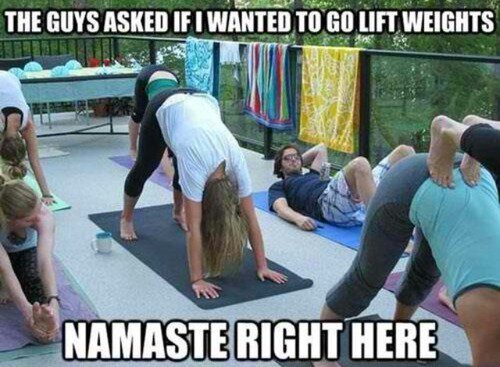Okay, let’s talk about stranger danger. Don’t talk to strangers. Don’t get in a car with a stranger. Don’t go look for a puppy with a stranger. If a stranger makes you feel uncomfortable, tell your parents. Follow those rules and you, a little child, will be safe, right?
Wrong.
Stranger Danger is important to teach, don’t get me wrong. But it dangerously avoids mentioning the fact that…actually, maybe even more often than not (don’t quote me on that, I’m not a professional in this area nor do I claim to be. I’m speaking from my own experiences with friends, students, clients, kids) a Bad Thing happens and it’s the parent, the uncle, the cousin, the brother. What then? A little kid may review the stranger danger rules in her head, but they couldn’t possibly apply here. She’s only doing what her dad, or her uncle, who tell her how much they love her, wants. Family members are always right, they love their kids. So this must be okay. After all, nobody told her otherwise.
The point is, kids don’t necessarily intuitively know when something is wrong. Or, their gut feeling is smothered by the adult telling her that family loves each other, so be a good girl and do what you’re told.
Kids need to be taught. No, they don’t need to be graphically taught what childhood sexual abuse is, or have their worlds shattered and learn that yes, these loving adults do hurt kids sometimes. No, it’s simpler than that. Rather than just stranger danger, kids need to know that if anyone, no matter who, does something that they don’t like, or that makes them upset, they should tell someone. Kids need to be told that if it’s mom or dad who do something that they don’t like, they can tell a teacher. Or a friend’s parent. That everyone makes mistakes, even family, even teachers, so it’s okay to ask for help if they made a mistake that you don’t like. That the adult you tell will know that you still love them, and that will never be questioned.
And this especially needs to be taught to our special needs kids. I think of my autistic kids who are so literal. If they aren’t explicitly told, if mom, dad, uncle John, aunt sue, teacher Sally, etc. does something you don’t like, this is who you tell, then they won’t. They won’t generalize. And that scares the shit out of me. Because neurotypical kids are vulnerable enough, hell, neurotypical adolescents and adults are vulnerable enough. Add a disability, and it’s even harder.
I don’t mean to prech. I’m just angry and upset. Because of all the cases of childhood (sexual) abuse that have affected my students and kiddos, they have ALL been victims of a family member, relative, teacher, or family friend. They have ALL stated that said person loves them and parents/etc are always right and know best. It scares me. And it breaks my heart.

